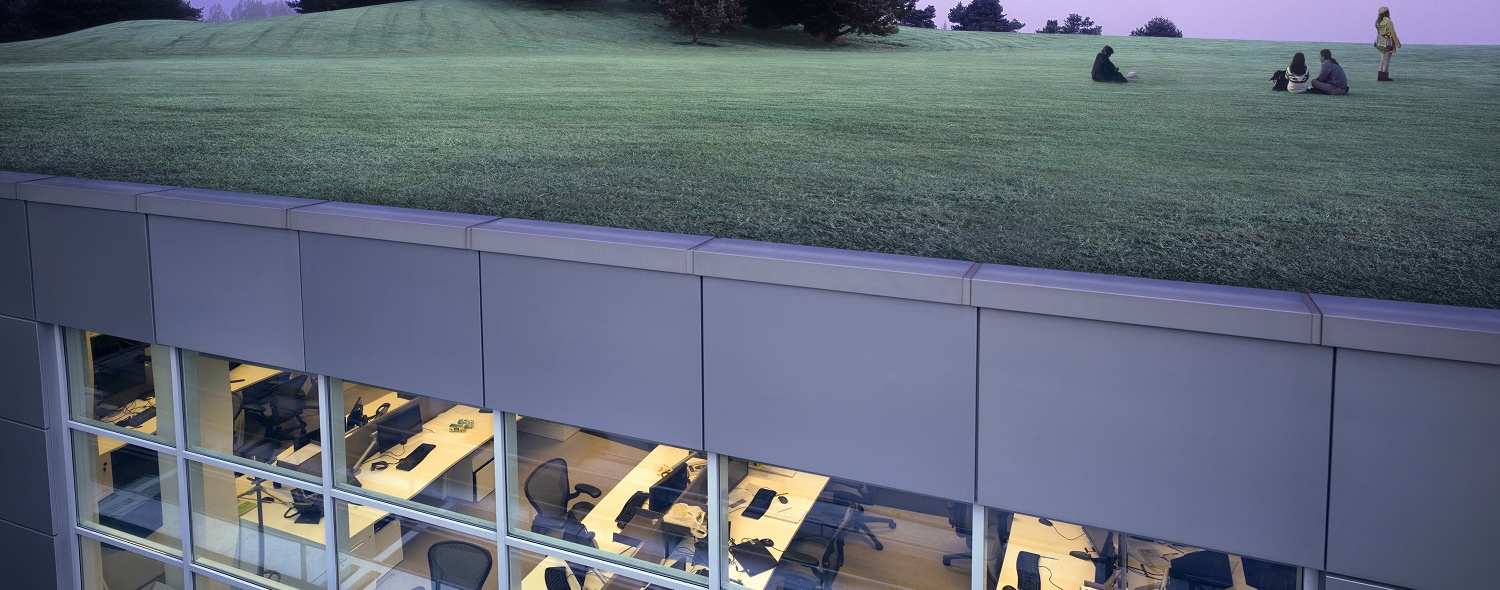
Climate Change and Air Quality: Two sides of the same coin
Contacts
For more information please contact:
Although climate change and air quality may seem to be two different issues, they are interlinked. If we can reduce air pollution, we will also protect the climate, and vice versa. Air pollutants include more than just greenhouse gases—mainly carbon dioxide but also methane, nitrous oxide and others. There’s a significant overlap: the two often interact with each other. For example, air pollution in the form of particulate matter from diesel engines is circulated around the globe, ending up in the most remote places, including the polar regions. When it lands on ice and snow it darkens them slightly, leading to less sunlight being reflected into space, and contributing to global warming.
The UK Climate Change Act (CCA) commits the UK to cut carbon emissions by 80% by the year 2050 and in order to achieve this, Construction 2025 has set a 50% reduction target for both infrastructure and real estate schemes. In addition, the UK passed a more stringent net zero emissions law in June last year to bring all greenhouse gas emissions to net zero by 2050 , as such, much further reductions in carbon emissions will be required for both infrastructure and real estate schemes.
The UK National Infrastructure Commission (NIC) published its Design Principles for National Infrastructure last month, to inform the design of infrastructure in the UK. One of the core design principles is the aim for UK infrastructure to be designed in such a way that helps set the trajectory for the UK to achieve net zero greenhouse gas emissions by 2050 or sooner.
A large proportion of carbon emissions from infrastructure and real estate stem from the burning of fossil fuels for the purpose of providing heating and power during construction and operation as well as in the production of materials used in construction. Ultimately, replacing fossil-based fuels with more renewable energy sources, which do not entail combustion, which would reduce carbon emissions as well as air pollutants associated with the combustion process.
To support the transition to low carbon in the UK, the London Energy Transformation Initiative (LETI) advised, in a recent climate emergency design guide, that by 2025 100% of new buildings must be designed to deliver net zero carbon and then all buildings to operate at net zero carbon by 2030. Finally, all buildings - new and old - must operate at net zero carbon by 2050. Both the operational and embodied carbon which contribute to the whole life cycle carbon of the building will need to be considered as part of this process. The fabric design of future buildings should be energy efficient and their operation should avoid the need to burn fossil fuels and be 100% powered by renewable energy. Zero carbon targets for the operational Energy Use Intensity (EUI) for several building types have been set. Furthermore, a target 40% reduction in embodied carbon for buildings has been set which can be achieved by usage of re-used materials and construction products with low energy and water consumption.
Greater London Authority (GLA) also have a policy related to air quality neutral developments and set a benchmark for air pollutant emissions associated with buildings and transport. At GL Hearn, we have a long track record to prepare air quality neutral assessments and where these benchmarks are not achieved, further measures to offset emissions are recommended.
We carry out both air quality, carbon and climate risk assessments for real estate and infrastructure - such as railway and roads - and provide bespoke advice from the early design stages through to construction, completion and operation.
We can provide a realistic estimate of the whole life cycle of carbon, which includes embodied carbon, e.g. raw material sourcing, and operational carbon, e.g. utilities, waste within the project carbon boundary for real estate and infrastructure at the design stage. Where carbon emissions for the best-case option is still above EUI targets set for achieving net zero carbon emissions, our specialist Air Quality and Climate Change team can provide carbon management and reduction strategies and advice on substitute products or materials made up of re-used materials in carbon offsetting to help achieve EUI targets.
Designing infrastructure to be sustainable and resilient to long-term changes in climate is also one of the NIC design principles. We are experienced to undertake climate risk assessment for real estate and infrastructure schemes, taking into consideration the risk due to flooding and erosion, extreme heat and other climate change risks. Where significant risks are identified, we provide advice on climate resilience design strategies.
Our combined expertise in air quality and climate change can help future real estate and infrastructure schemes to achieve air quality neutrality and net zero carbon respectively.
- Share
Contacts
For more information please contact:
You may also be interested in




